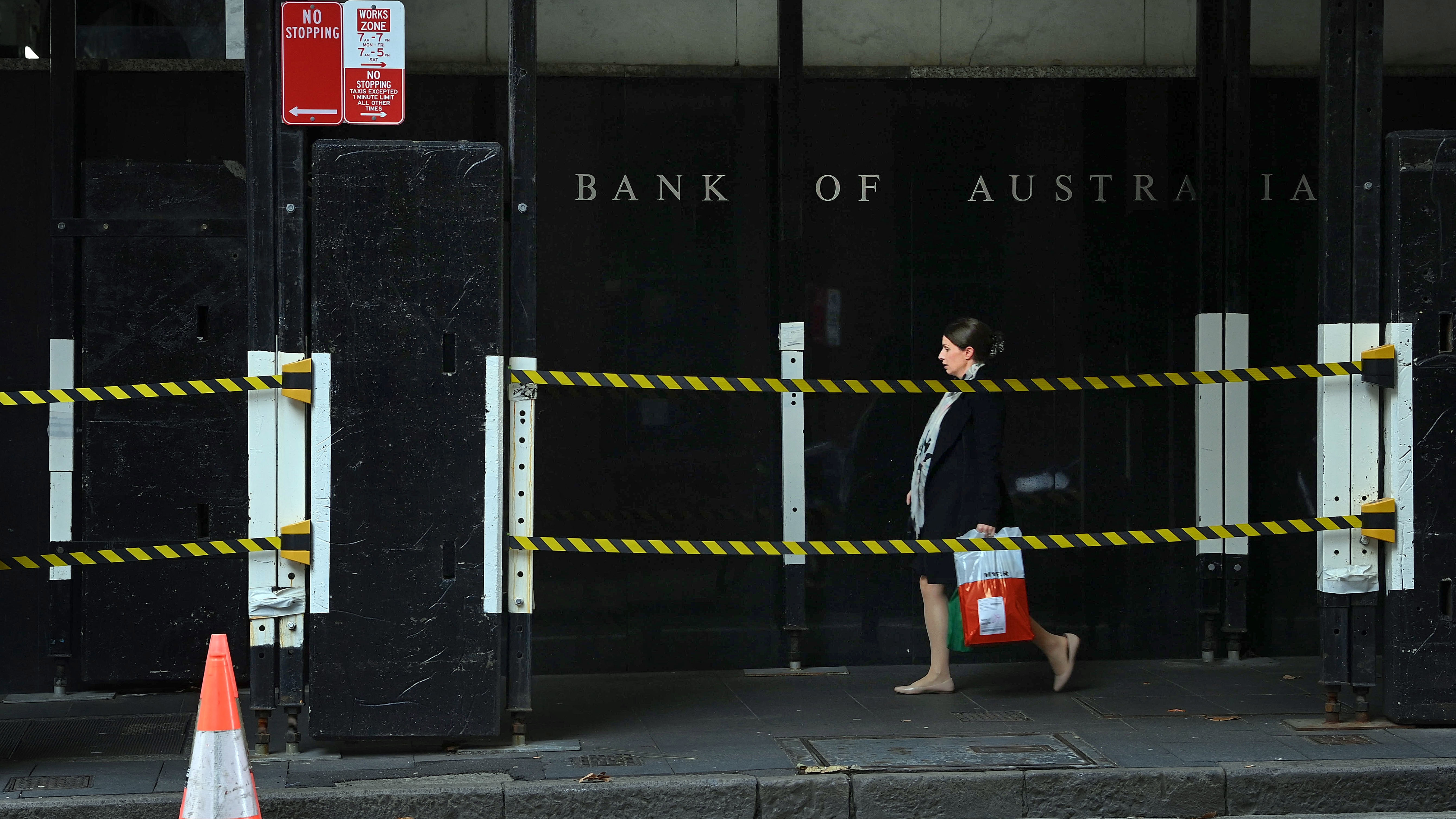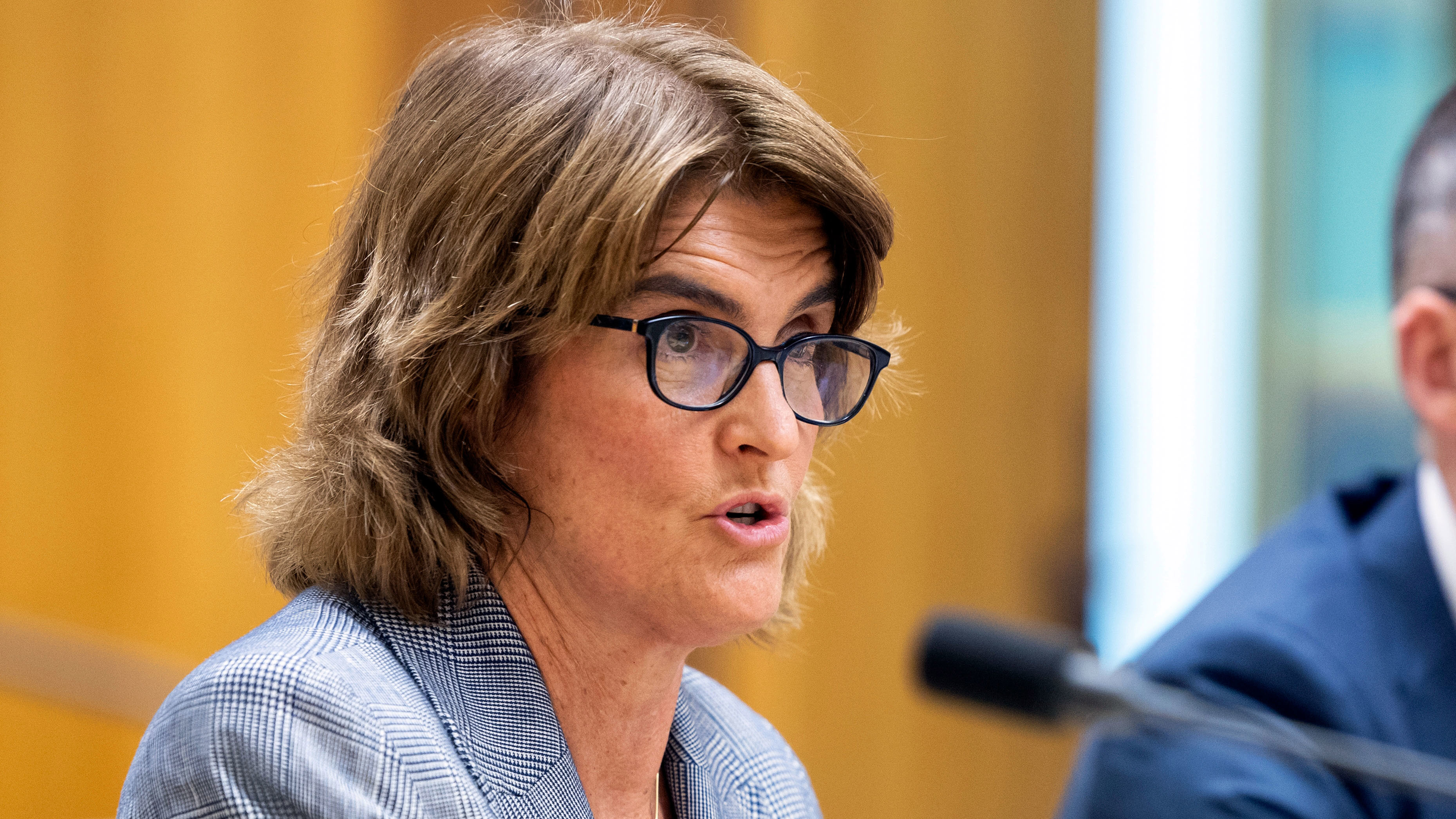The number of Australians finding themselves in the early stages of financial stress is starting to rise, while one group of borrowers is just months away from exhausting their savings due to rising mortgage costs, according to the Reserve Bank.
The RBA's latest Financial Stability Review, released today, largely painted a picture of unexpected resilience in response to the string of interest rates rises over the past 18 months.
That was partly due to households being able to draw on savings banked up from the pandemic, while the low unemployment rate and cutting back on spending also helped borrowers cover rising mortgage costs.
READ MORE: Experts say Australia at 1-in-3 risk of hitting recession next year
"While budget pressures have led to an uptick in arrears and personal insolvencies, the vast majority of households continue to service their debts," the bank said.
"Lenders in the bank's liaison program have reported that borrowers have been more resilient than expected in their ability to service their debt, given the sharp rise in interest rates."
However, while Australians are proving more resilient than expected, more people around the country are starting to fall into financial trouble.
"While almost all borrowers have been able to make adjustments that have allowed them to continue servicing their debts and cover essential spending, the share falling behind on their mortgage payments has begun to pick up from a low level," the RBA wrote.
"Before reaching this stage, households often contact their lender to enquire about options to restructure their loan or apply for temporary hardship, turn to alternative sources of finance or seek other forms of help."
READ MORE: The international double-whammy making your petrol bill worse
Alarmingly, a small group of owner-occupiers who have a mortgage are at serious risk of completely depleting their savings unless interest rates begin to fall in the next six months.
"About 70 per cent of these borrowers have sufficient savings in their offset and redraw accounts to finance their cash flow shortfalls for at least six months, assuming interest rates remain around current levels," the RBA said.
"However, the remaining 30 per cent of these borrowers (or around 1.5 per cent of all variable-rate owner-occupier borrowers) are at risk of depleting their buffers within six months – and so are at higher risk of falling into arrears on their housing loan.
"Lower-income borrowers are over-represented in these groups as they are more likely to have difficulties covering their essential costs and mortgage payments; furthermore, those who cannot cover these costs tend to have smaller savings buffers."
The update comes days after the RBA kept interest rates on hold for the fourth consecutive month, however new governor Michele Bullock warned the cash rate may need to increase in the coming months if inflation doesn't come down quickly enough.





